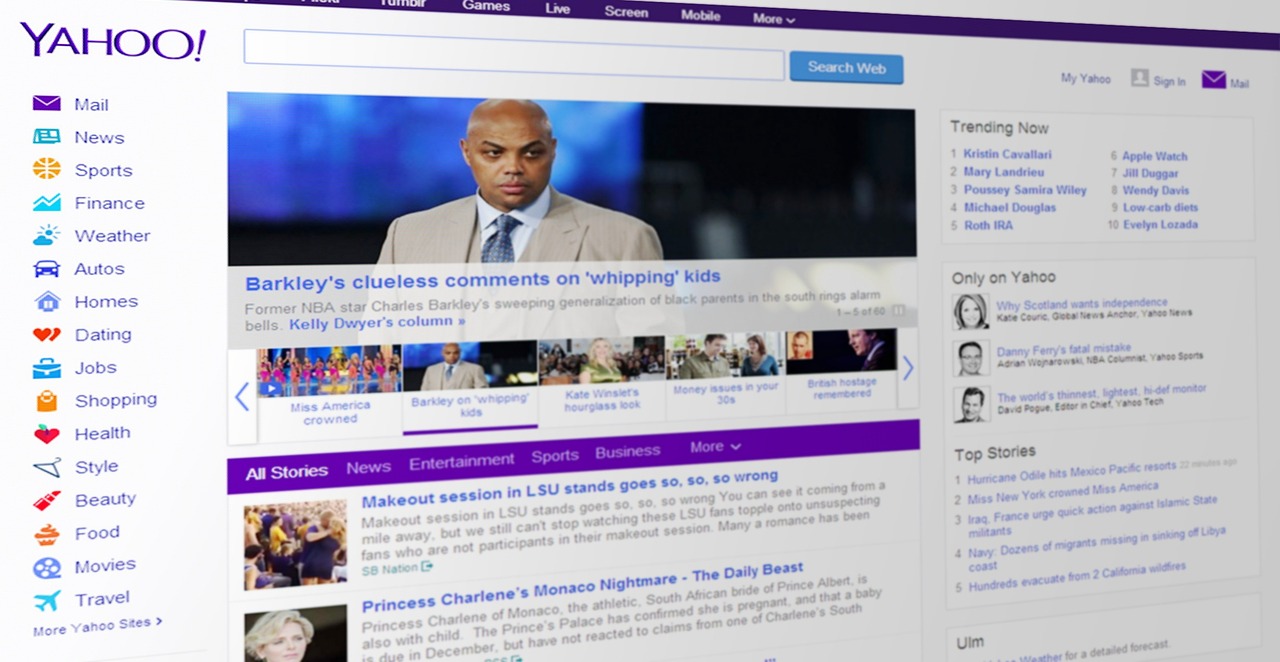In simple terms, website bandwidth is the amount of data that can be transferred between your website’s server and your visitors within a specific time period. It is typically measured in gigabytes (GB) or terabytes (TB) per month.
When users access your site, their browsers download files, including HTML, CSS, JavaScript, images, videos, and other assets, from your web server. The total volume of this data, multiplied by the number of visitors and page views, determines the amount of bandwidth your website consumes.
A hosting plan with higher bandwidth capacity enables more simultaneous data transfers, allowing for faster page loads and smoother user experiences during traffic surges. Conversely, insufficient bandwidth restricts the flow of data, which can cause pages to load slowly or become temporarily unavailable when traffic peaks. Here is everything you need to know about what is website bandwidth and how you can optimize it for better performance.

Although often used interchangeably, bandwidth and data transfer aren’t the same thing. Every time someone visits your site, their browser downloads files, including text, images, videos, and scripts, from your server. The larger these files are, the more bandwidth is consumed. Let’s say your homepage is 2MB in size: Now imagine adding video content or large image galleries; the bandwidth requirements would increase significantly. That’s why understanding how your site uses bandwidth is essential to prevent performance bottlenecks and ensure smooth user experiences. Website bandwidth is directly tied to speed, scalability, and reliability, which are the three core elements of user experience and SEO. There’s no one-size-fits-all answer. Bandwidth needs vary based on your site’s content, traffic, and functionality. However, you can estimate your requirements using this formula: Estimated Bandwidth = Average Page Size × Average Monthly Visitors × Average Page Views per Visitor For example: Estimated bandwidth = 2MB × 10,000 × 3 = 60,000MB (or roughly 60GB per month) Several elements influence how much bandwidth your website consumes: Businesses that invest in website development services in Surrey, UK often benefit from optimized bandwidth management strategies that ensure faster, more stable website performance. Efficient bandwidth management ensures that your website remains fast, stable, and cost-effective. Here are some expert strategies: You should consider increasing your website’s bandwidth if you notice: Upgrading before these issues become severe ensures continuous uptime and smooth scalability. Website bandwidth plays a central role in determining how well your website performs under real-world conditions. It affects everything from loading speed and traffic capacity to SEO and user satisfaction. For most website owners, the key is to understand how your site uses data and optimize accordingly. By keeping pages lightweight, using caching and CDNs, and monitoring performance regularly, you can make sure your bandwidth is used efficiently, ensuring fast and reliable website experiences for every visitor. Moiz Banoori is a seasoned Digital Marketing professional with over eight years of expertise in content creation and digital journalism. At REDLUMB, he spearheads teams to craft impactful SEO strategies that drive online growth and visibility. With a background in journalism, Moiz leverages his expertise in digital marketing to develop effective strategies that boost online visibility and help clients achieve their goals.
Bandwidth Vs. Data Transfer
How Website Bandwidth Works
Importance Of Bandwidth
How Much Bandwidth Does Your Website Need?
Factors That Affect Bandwidth Usage
Best Strategies To Optimize Bandwidth Of Your Website






